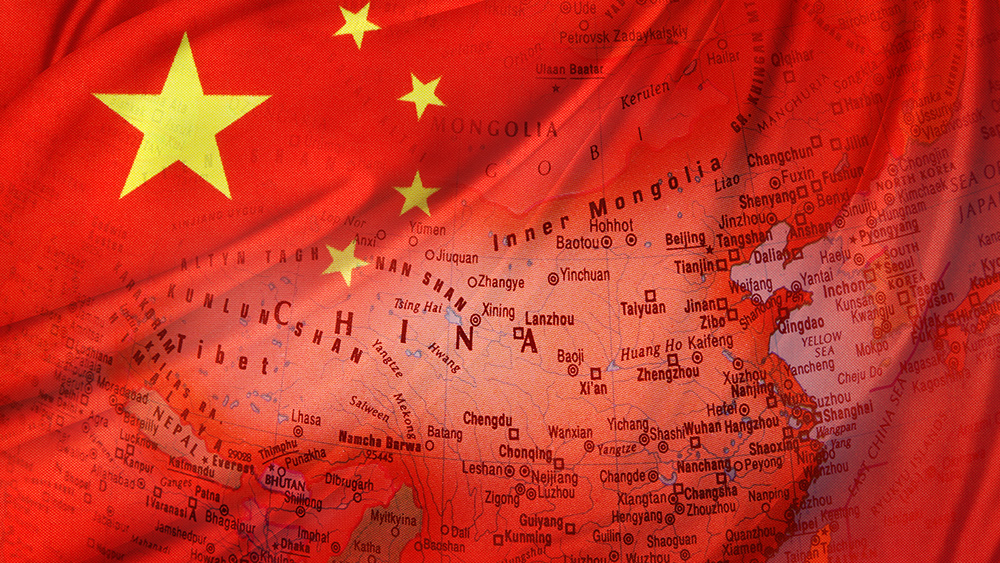
- Chinese naval forces fired live warning shots at a Japanese destroyer last July after it accidentally entered Chinese waters due to a navigational malfunction, exposing Beijing’s aggressive military stance.
- Japan admitted the breach was unintentional and disciplined the destroyer’s captain but criticized China’s rapid escalation to live fire, which risked sparking a conflict.
- The incident challenges China’s adherence to international maritime law, as it contradicts the right of innocent passage for foreign vessels under UNCLOS.
- A separate confrontation occurred in the South China Sea, where Chinese ships aggressively pursued and collided with a Philippine patrol boat, revealing a pattern of reckless behavior.
- Neither Japan nor China disclosed the incident for nearly a year, raising concerns about transparency and the effectiveness of crisis communication channels between the two nations.
China’s dangerous overreaction
Rather than exercising restraint, Chinese naval vessels allegedly fired two warning shots: one just before the Suzutsuki entered the contested waters and another after it had crossed the threshold. Japan later admitted the breach was caused by a technical failure and dismissed the destroyer’s captain for negligence. But Tokyo also expressed deep unease over China’s rapid escalation to live fire, a move that could have easily sparked an armed conflict. This incident raises serious questions about Beijing’s adherence to international maritime law. Under the United Nations Convention on the Law of the Sea (UNCLOS), foreign vessels, including warships, have the right to "innocent passage" through territorial waters as long as they do not engage in hostile activities. Yet China has long asserted that foreign military ships must seek permission before entering its claimed waters, a stance that directly contradicts global norms. Jun Tsuruta, an associate professor of international law at Meiji Gakuin University, questioned whether Beijing had a "justifiable reason" to use force, given that the Suzutsuki posed no immediate threat. The fact that China immediately resorted to live ammunition rather than non-lethal measures suggests a deliberate strategy of intimidation.Chinese aggression in South China Sea continues targeting Philippines
This incident is not an isolated one. Just one day after Kyodo’s report, another alarming confrontation unfolded in the South China Sea, where Chinese coast guard and naval vessels collided while aggressively pursuing a Philippine patrol boat near the contested Scarborough Shoal. Philippine officials released footage showing the chaotic encounter, with one Chinese ship sustaining heavy damage from the collision. These back-to-back incidents reveal a disturbing pattern: China’s military and coast guard are operating with increasing recklessness, treating minor maritime infractions as pretexts for escalation. While Japan swiftly disciplined its captain and acknowledged the error, Beijing has shown no such accountability for its own provocations, including its frequent incursions near the Japanese-controlled Senkaku Islands, which China claims as the Diaoyu.Why the secrecy?
Perhaps the most troubling aspect of this story is the year-long delay in its disclosure. Neither Tokyo nor Beijing publicly acknowledged the July 2024 incident until now, raising concerns about backroom diplomacy suppressing critical information. Even more alarming, the two nations failed to use their defense hotline during the crisis, casting doubt on the effectiveness of supposed safeguards against accidental conflict. Given China’s rapid military buildup and its increasingly assertive posture toward Taiwan, Japan, and the Philippines, the world cannot afford such opacity. If a simple navigational error can trigger live-fire warnings, what happens when a more serious miscommunication occurs? China’s reckless actions in the East and South China Seas are not just regional concerns; they are a direct threat to global stability. The fact that Beijing chose to fire live rounds at an ally of the United States, rather than pursue diplomatic or technical solutions, reveals a regime that prioritizes intimidation over peace. Meanwhile, the delayed disclosure of this incident suggests that both governments are more interested in avoiding embarrassment than preventing future crises. If the world does not hold China accountable for its escalating aggression, the next warning shots may not be so harmless. Sources for this article include: ZeroHedge.com KyodoNews.net Newsweek.com France24.comBack to basics: Hegseth reinstates military DISCIPLINE amid recruitment surge
By Zoey Sky // Share
Iranian general warns: Tehran’s war with Israel could resume “at any moment”
By Ramon Tomey // Share
Trump pushes Zelensky to end Russia-Ukraine war “immediately,” but at what cost?
By Zoey Sky // Share
23 Economists demand Israel put an end to its GENOCIDAL Gaza policies
By Laura Harris // Share
Trump refuses U.S. troops in Ukraine but hints at air support as peace talks stall
By Cassie B. // Share
An invisible assault: How everyday heavy metals sabotage brain health
By willowt // Share
Pentagon warns of China's rapidly expanding nuclear arsenal
By kevinhughes // Share
FCC grounds new Chinese drones in sweeping security move
By avagrace // Share
The methylation switch: Scientists identify diet that can turn back the cellular clock
By jacobthomas // Share
Renaissance or Ruin: A wake-up call for cultural revival and self-sufficiency
By kevinhughes // Share
Weight loss in midlife may trigger brain inflammation, study finds
By avagrace // Share











